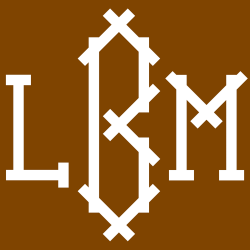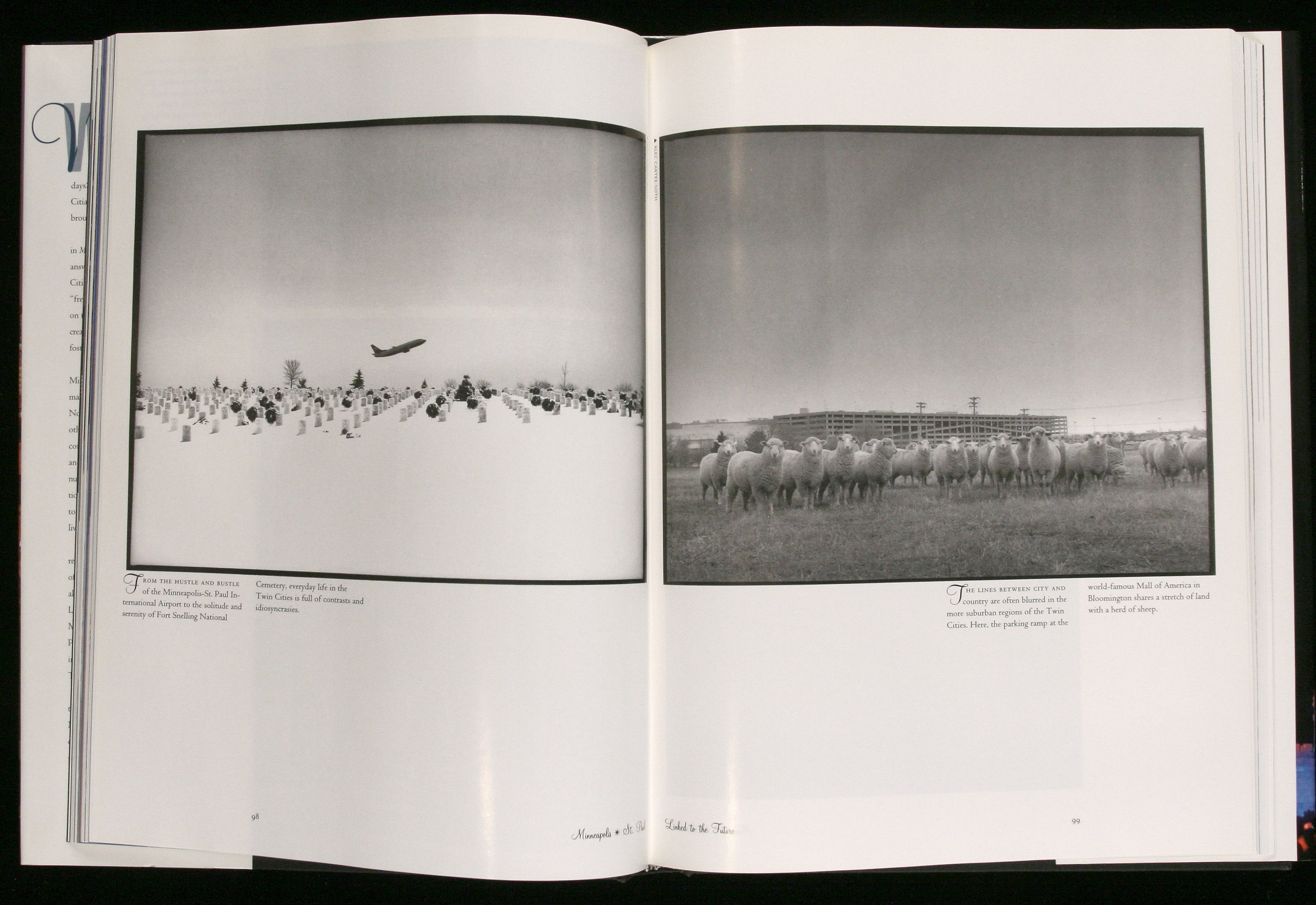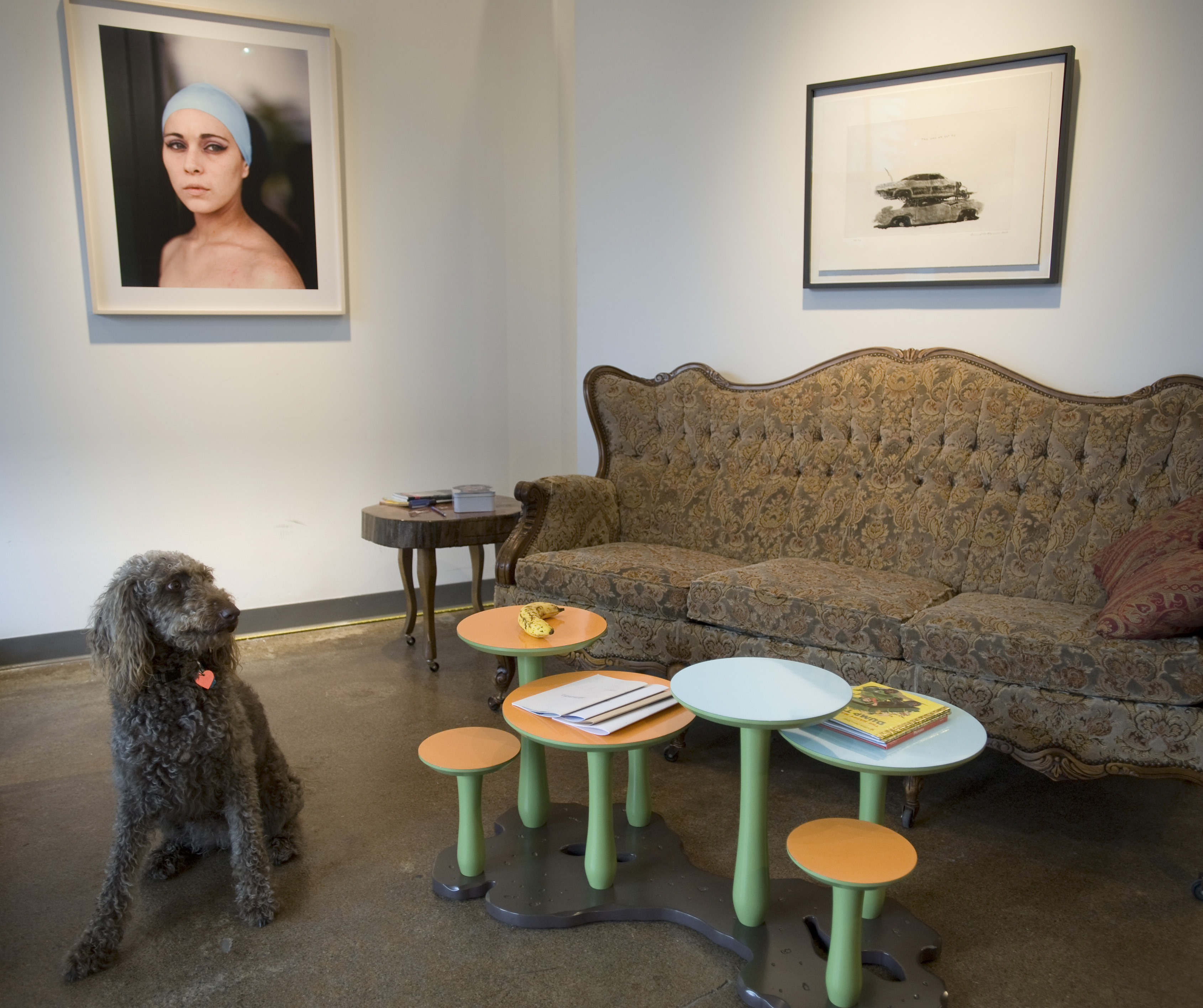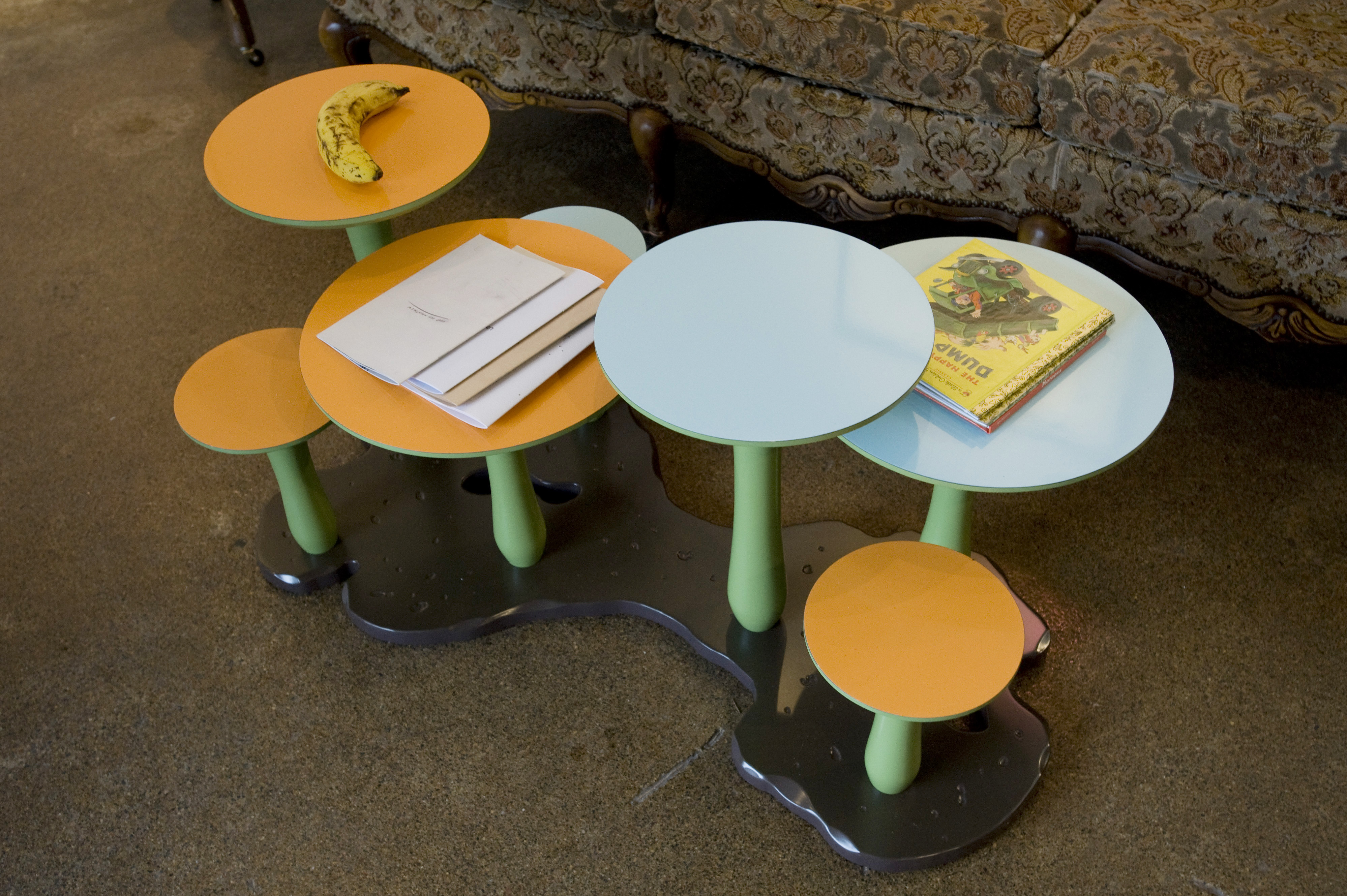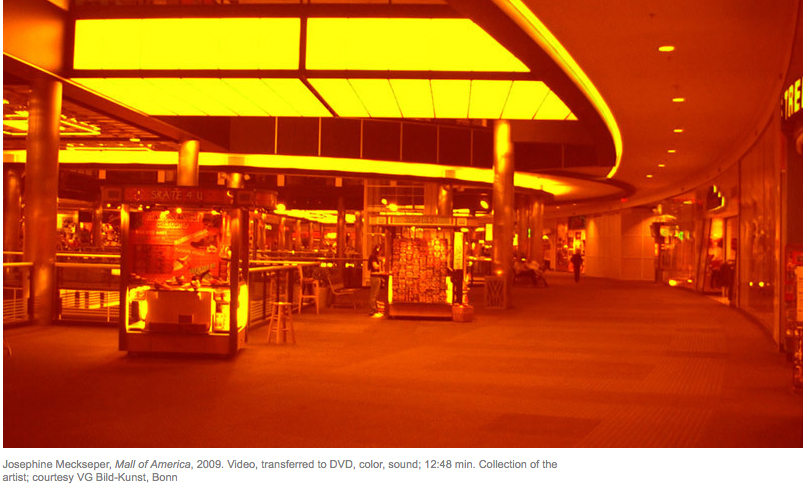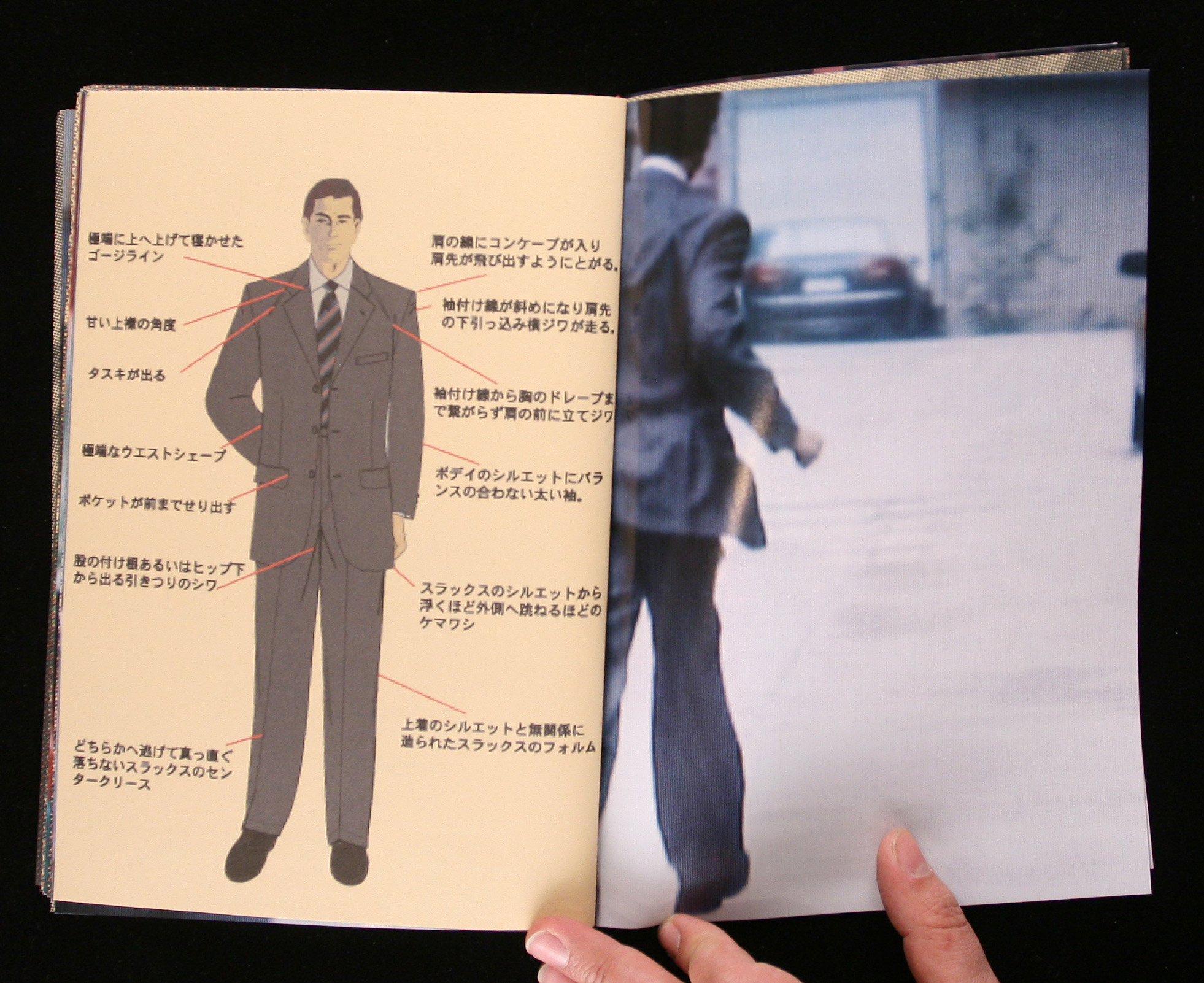I have been going around to photographers asking them one question: “What was the first photo book that you can remember buying or seeing that really had a strong affect on you?” Here is Mark Power’s response:
A Day Off – Tony Ray-Jones (Thames and Hudson 1974)

In 1984 i was living in a small terraced house in Brighton, with the town’s porn cinema to the immediate left, and the son of Max Bygraves, a popular British entertainer of the time (http://en.wikipedia.org/wiki/Max_Bygraves), to the right. When Max came to visit Max jnr, he would often park his grey Rolls Royce conspicuously outside our front door, since neither me nor my housemates owned a car. Much of my time was spent trying to woo a woman called Moira, without success.
I had recently returned to England after a couple of years travelling in South East Asia. I’d become interested in photography while I was away, turning my back on my sketchbook and pencils. I built a makeshift darkroom in the basement of the house (and once almost terminally electrocuted myself while moving a two-bar electric fire following a flood, but that’s another story). In order to fund my new hobby I secured a job as a part time night porter at the Waldorf Hotel in London, some 90 minutes away. I got used to surviving on five nights sleep a week, and very professional in the art of getting good tips.
I had taken my humble portfolio around a few newspapers, looking for work. Then, one Saturday morning, I had a call from the Observer picture desk, asking me to go to nearby Bexhill-on-Sea to photograph a beached whale. A friend kindly whisked me over there on the back of his motorbike. At the beach I surmised that the only way to make a decent picture was to wade into the sea, upto and beyond chest level, so I could to snap the beast bathed in full sun with a backdrop of inquisitive onlookers.
It was November, and very cold. I climbed awkwardly back on Jay’s bike and we sped off to London to deliver the film, the evidence of my brave but foolish exploits. I felt like a block of ice when we arrived.
The next day I wandered along to the newsagents and there was my picture, across five columns of the front page. My first ever photographic assignment, and I had pride of place in the best of our Sunday papers. I was terribly excited. But sadly Moira was not as impressed as I’d hoped she’d be.
On the other side of the porn cinema lived a writer, Ainslie Ellis. Every week he wrote a column for the British Journal of Photography, and saw enough merit in my dead whale story to write an article. He invited me round for lunch to ‘interview me’ before sending me home clutching a copy of a book he thought I’d enjoy: A Day Off by Tony Ray-Jones. Ainslie had written the accompanying essay which he encouraged me to read, but more importantly he told me to look hard at the pictures, and learn.
Back at home I was mesmerised. I didn’t know photography could be like this… chaotic, critical, clever, funny, ironic, and beautifully framed on page after page, picture after picture. In the essay I read that Tony had passed away at just 31, cruelly taken by leukaemia.
Intent on putting an end to my time wasting I left the Waldorf to try to become a real photographer. Years later, while photographing The Shipping Forecast I found myself in Ramsgate, the scene of perhaps his most iconic (and my personal favourite) picture. I set out on a quest to find the exact spot where the great man had once stood to push his button. That was easy enough, but in reality, and in colour, and in the quiet of a British seaside town in February it lacked all the wonderfully organised chaos of the original. It was a strangely sad and poignant moment.
Sometimes, during the four years I spent making The Shipping Forecast I would allow myself a congratulatory pat on the back and think: “I think Tony would have liked that picture“. That might seem arrogant, but it’s why I feel comfortable referring to someone I never met in such a familiar way; through his pictures, which I still look at and enjoy every bit as much today as I did then, I feel we became friends.
His work might look a little old fashioned these days, and the idea of photographing ‘events’ is now rather passe. But I have come to better understand my country through Tony’s pictures, which is the best compliment I can pay.
Mark Power. 14th March 2010.

![]()
